 Hot, inefficient warehouse lighting is something many companies deal with every day but don’t put a lot of thought into. If a warehouse operates 24 hours per day, the lighting can be one of their biggest overhead expenses.
Hot, inefficient warehouse lighting is something many companies deal with every day but don’t put a lot of thought into. If a warehouse operates 24 hours per day, the lighting can be one of their biggest overhead expenses.
One solution to lower your energy costs, and HVAC costs, is to install LED lighting, and if possible, a lighting-control system. Earlier this year, Digital Lumens installed LED lighting with a control system in the United States Cold Storage Inc.’s Hazleton, PA warehouse. According to the case study, the old high-pressure sodium lamps consumed 465 watts each and were costing USCS $0.46 per square foot per year.
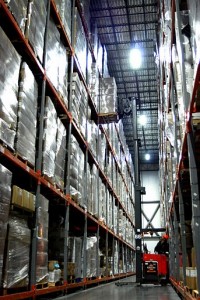 The new Digital Lumens Intelligent lighting consumes only 160 watts and only costs 3.5 cents per square foot per year, a decrease of 93% in energy costs! Also, with the new lighting, the warehouse was able to get rid of the chiller-load associated with the metal halide lighting and eliminated their lamp replacement and maintenance budget. USCS’s payback period for this project was just 14.6 months.
The new Digital Lumens Intelligent lighting consumes only 160 watts and only costs 3.5 cents per square foot per year, a decrease of 93% in energy costs! Also, with the new lighting, the warehouse was able to get rid of the chiller-load associated with the metal halide lighting and eliminated their lamp replacement and maintenance budget. USCS’s payback period for this project was just 14.6 months.
To contribute to the savings, Digital Lumens also implemented their LightRules system which uses a combination of fixture-based sensors and a lighting control system to dim or turn off lighting in areas of the warehouse that see sporadic activity. With this system, the lights are only on 22.17% of the time. Having the lights on when no-one was around was wasting a lot of energy and contributing to maintenance expenses.
Using the intelligence of the Digital Lumens Light Rules system, combined with the efficiency of LED Lighting, United States Cold Storage was able to slash their lighting overhead expenses by over 90%.
Relumination is a proud partner with Digital Lumens and we offer the Intelligent Light Engine and LightRules products to our customers. Contact us to learn more or for a free facility analysis.
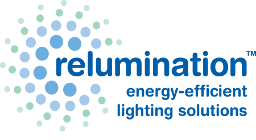
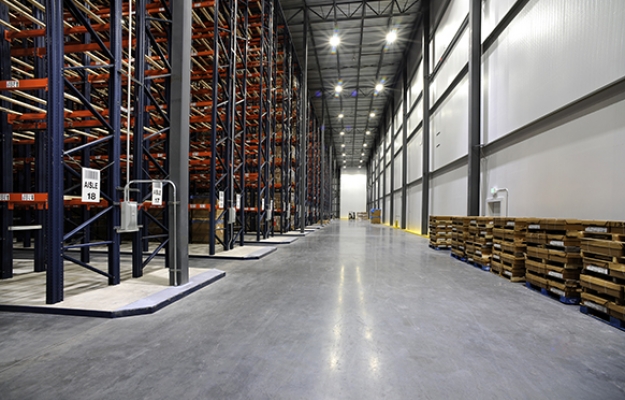
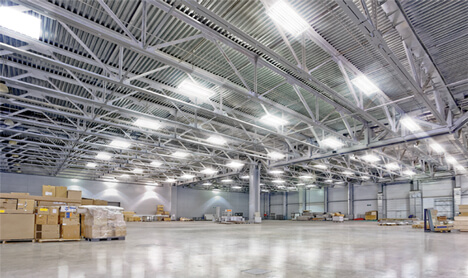
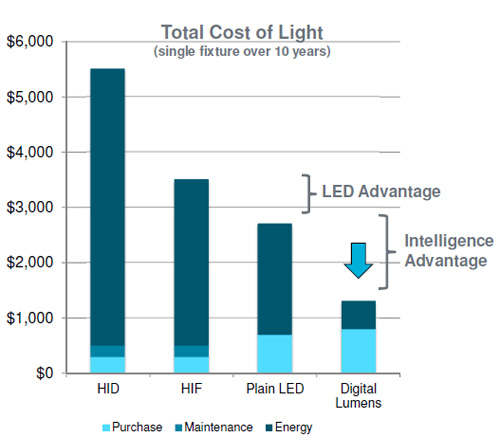
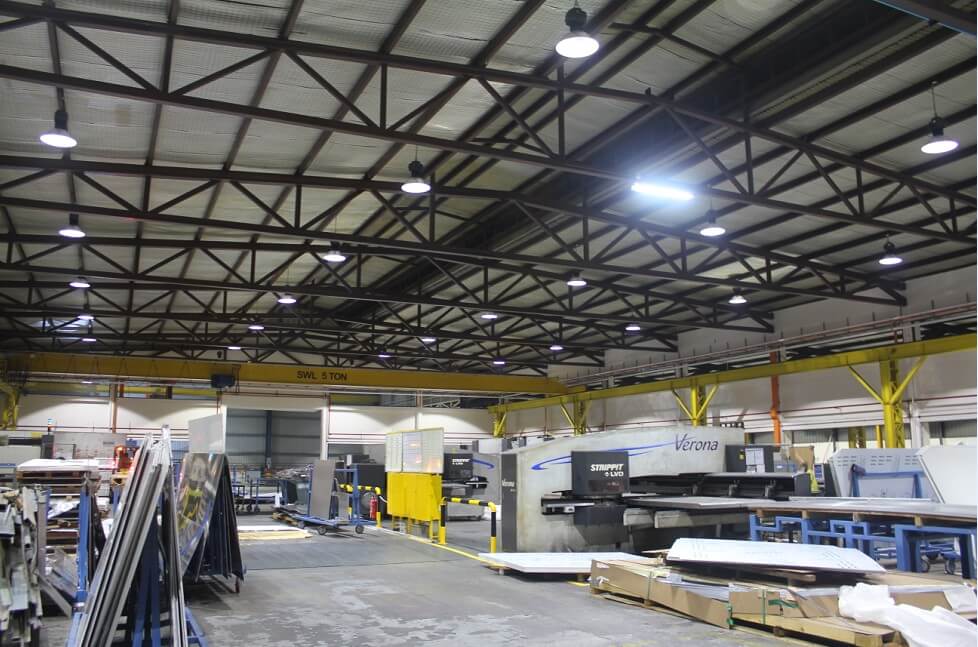

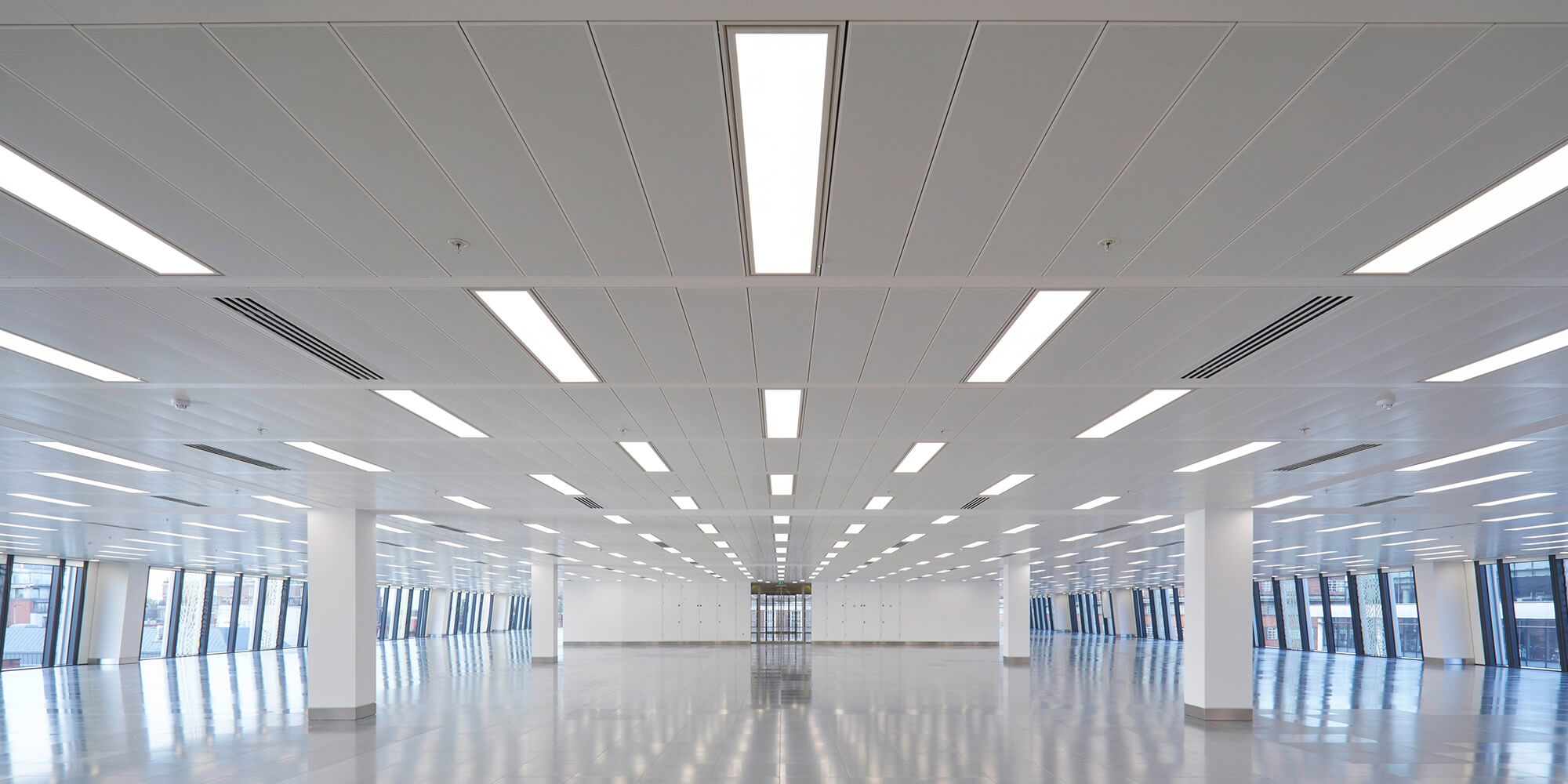
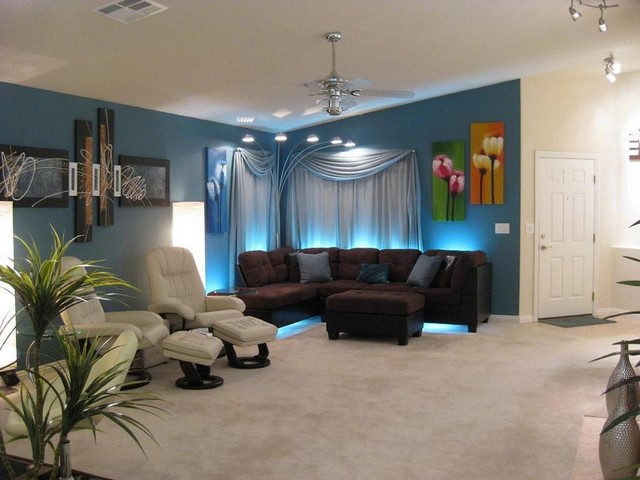
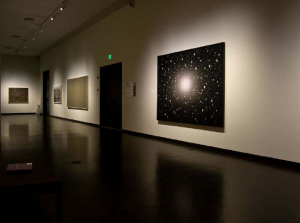 The results of the Department of Energy’s second Gateway study say that
The results of the Department of Energy’s second Gateway study say that 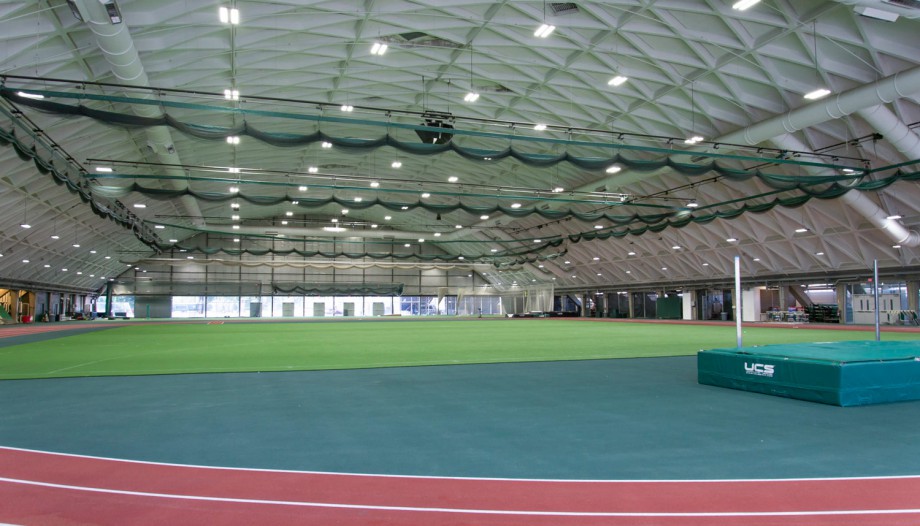

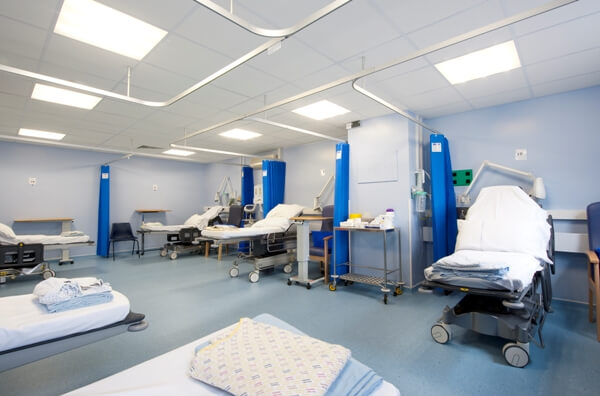
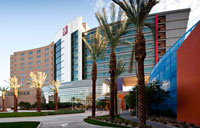
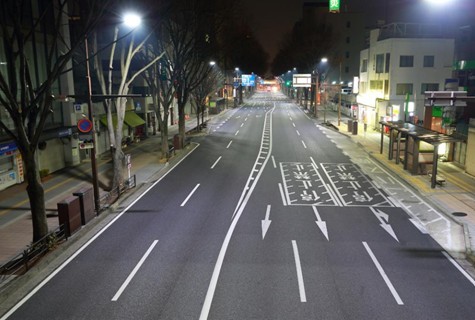
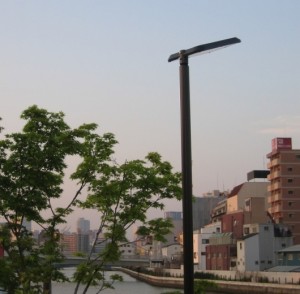 In Osaka Prefecture in Japan, LED lighting has been installed at a park on the Kizu River. Brand new 25-watt Philips Lumiled 25-watt LED lamps replaced high-pressure mercury lamps throughout the park, reducing electricity bills by 88%. The brightness of the new lamps,
In Osaka Prefecture in Japan, LED lighting has been installed at a park on the Kizu River. Brand new 25-watt Philips Lumiled 25-watt LED lamps replaced high-pressure mercury lamps throughout the park, reducing electricity bills by 88%. The brightness of the new lamps, 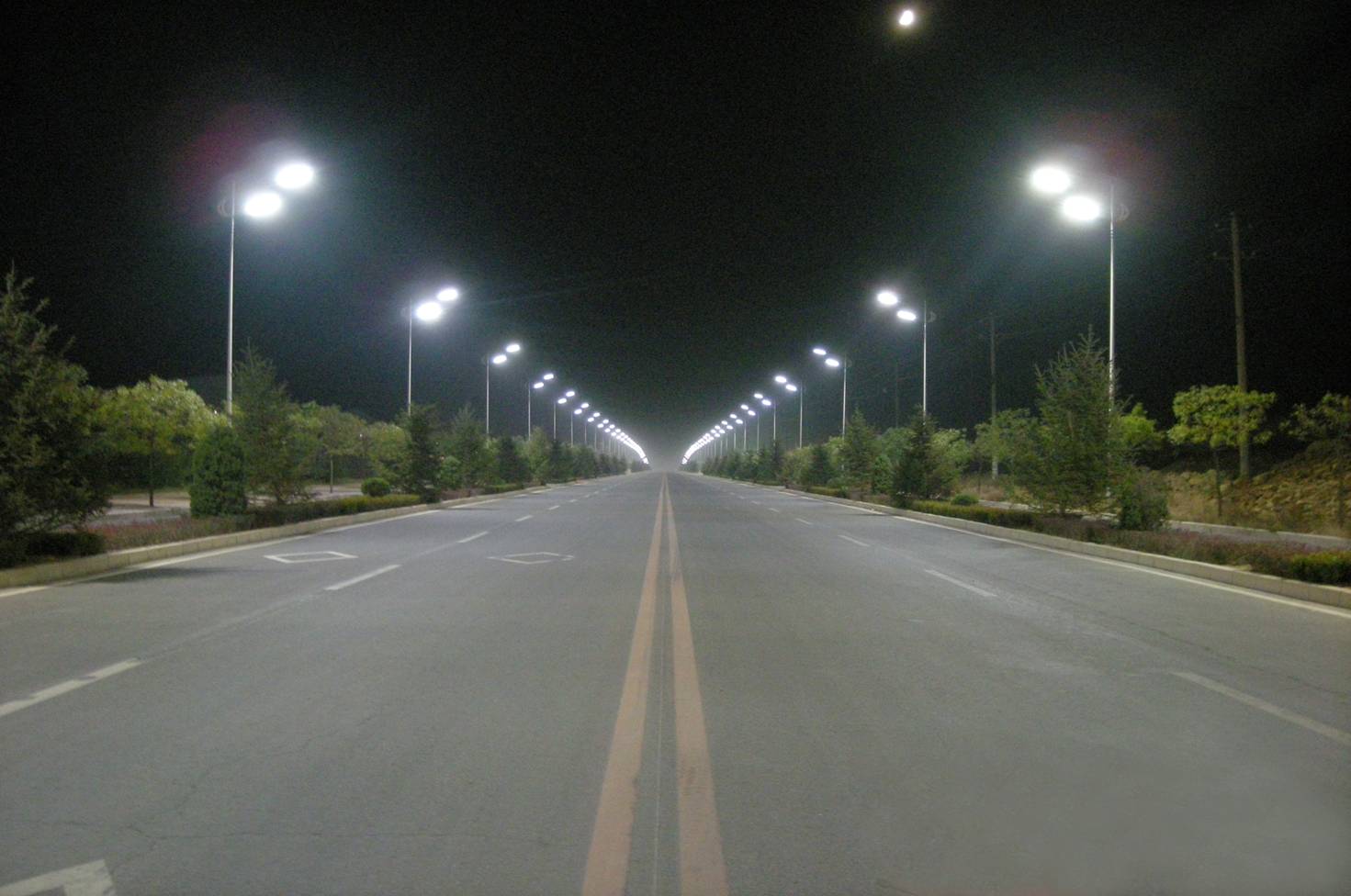
 Here at Relumination, we try to keep up with the latest LED lighting industry and installation news through our blogs and news posts. Though we have written many blogs about it in the past, one of the more popular installations of LEDs in cities, and even small towns, is street lighting. The benefits of LED street lights definitely outweigh the costs! The lights have a brighter, whiter light than the dim, yellowish hue street lights usually have, and some can also be dimmed. They also consume less than half as much energy as high pressure sodium lights.
Here at Relumination, we try to keep up with the latest LED lighting industry and installation news through our blogs and news posts. Though we have written many blogs about it in the past, one of the more popular installations of LEDs in cities, and even small towns, is street lighting. The benefits of LED street lights definitely outweigh the costs! The lights have a brighter, whiter light than the dim, yellowish hue street lights usually have, and some can also be dimmed. They also consume less than half as much energy as high pressure sodium lights.